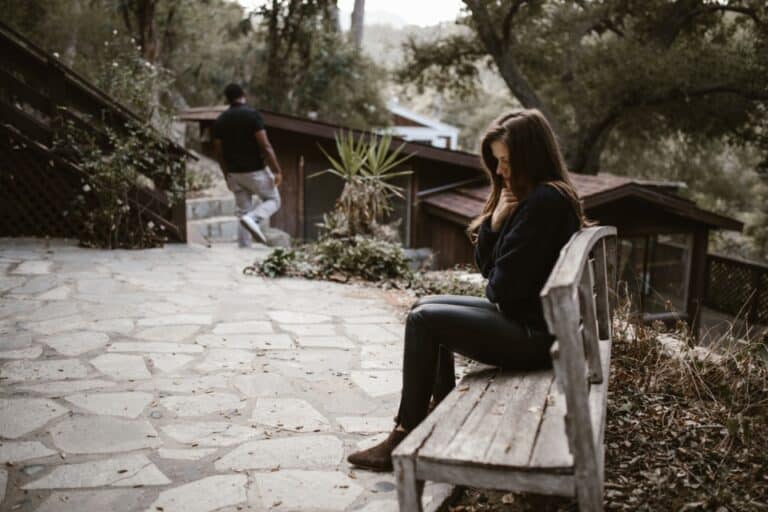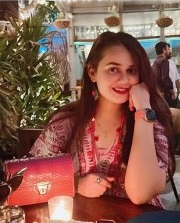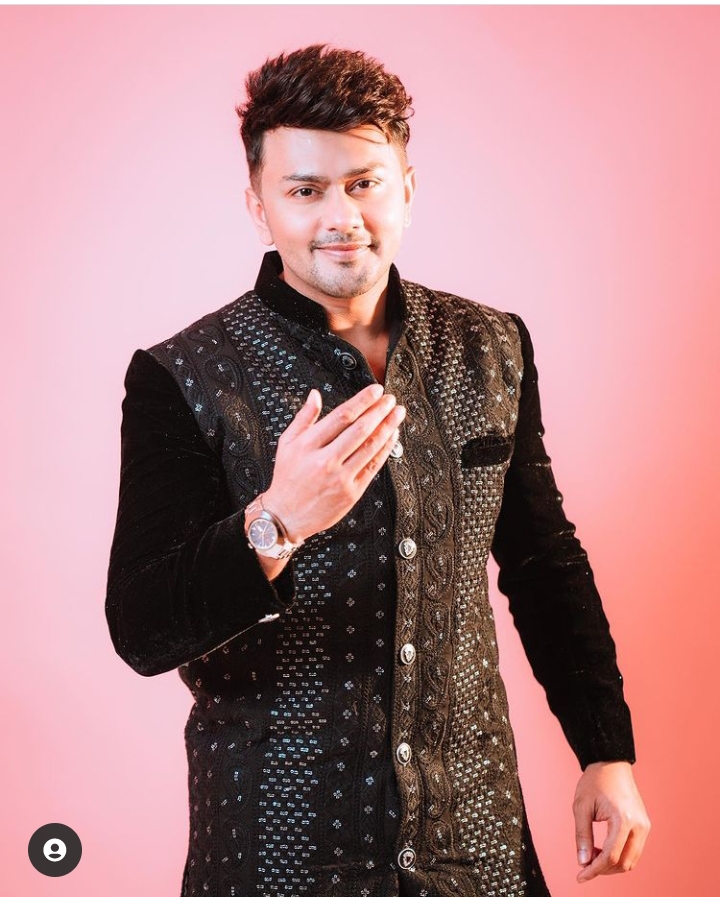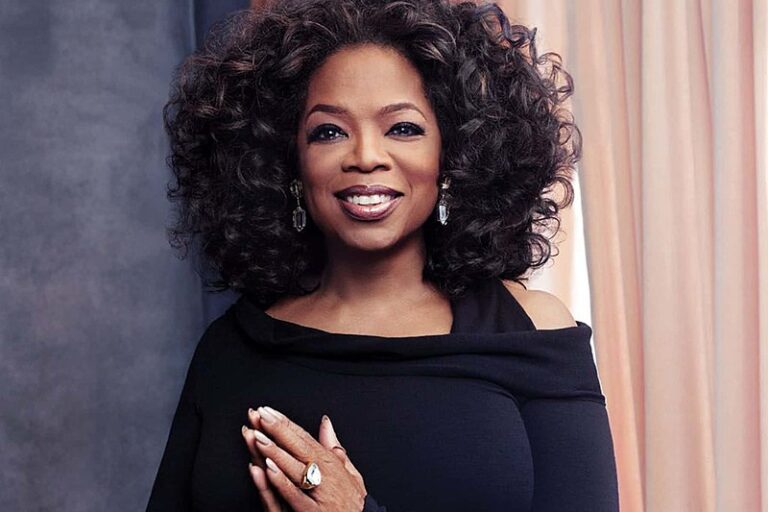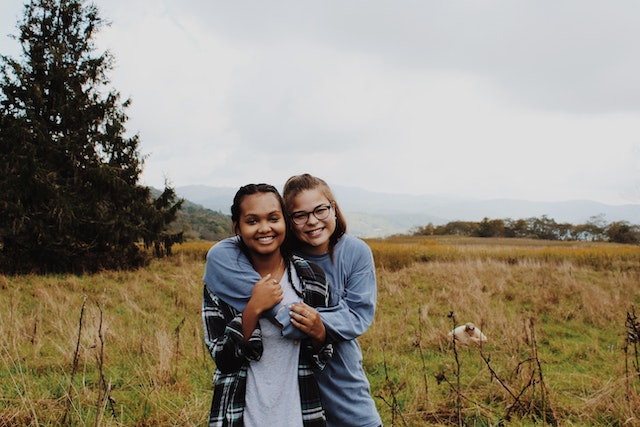Pablo Picasso’s biography? Women loved him, not because of his money
Everyone likes beautiful artwork. Especially when they’re modern, right? But what do you know about Pablo Picasso’s biography?
In this article, you’ll learn about one of the most influential artists of the 20th century. Yes, everything about Pablo Picasso, a Spanish painter and sculptor, his life story, personal life—and how he influenced modern art.
Pablo Picasso’s biography: Family background
Into a family with a middle-class background, Pablo Ruiz Picasso was born on October 25, 1881, in Malaga, Andalusia, Spain. Picasso was the only son of his parents out of their three children, yet the eldest child.
Pablo’s father, José Ruiz y Blasco, was an artist who made a living by painting birds and other game animals. But eventually, he became a professor in a school of arts and crafts.
Meanwhile, Pablo’s mother name was Maria Lopez (Ruiz) Picasso.
Early life and childhood: Pablo Picasso’s story
In 1891, Pablo’s family migrated to A Coruña. He had a catholic background but later announced himself as an atheist.
From a tender age, at about 10, Picasso displayed a passion and a knack for drawing. Though the training from his dad (from age 7) on figure drawing and oil painting were fundamental to his career path in painting and drawing.
His dad, Ruiz, who became a traditional academic artist, upheld the philosophy of being diligent and disciplined in learning. Especially from the masters. Ruiz wanted his son to gain mastery in academic art, but Pablo wanted something different.
He wanted to explore his creativity and the options (and opportunities) modern art had to offer him.
But by 1895, the death of Conchita, his seven-year-old sister, crushed Pablo. She had died of Diphtheria. And not too long after the mishap, Pablo’s family returned to Barcelona.
And thus, Picasso, at age 13, schooled where his dad taught— the School of Fine Arts in Barcelona. However, by age 14, Picasso commenced study at the school of fine arts, where his father later became a professor.
Pablo Picasso’s biography is incomplete without his Education
After his dad had much talk with the officials, Picasso was allowed to take the entrance exams for the advanced level. And there, he set a record for himself by completing the examination in one week—what other students spent a month to conclude and pass.
Thus, he was admitted into Madrid’s Real Academia de Bellas Artes de San Fernando in 1897.
But soon, Picasso realized that the Academy wasn’t too appealing to him. The atmosphere was stifling. Thus Pablo returned to Barcelona and started learning contemporary arts on his own.
And since, at the time, Barcelona was a prominent cultural center in Spain, Pablo became part of the writers, poets, and painters who gathered at the Els Quatre Gats (The Four girls)—a famous café then.
And during that time, one of the painted portraits Pablo made was that of his sister Lola’s first communion experience as a catholic girl.
Middle years of Pablo Picasso’s biography
This period mirrored a lot of tests for Pablo.
To start with, in 1900, Pablo Picasso went to Paris and squatted with Max Jacob, a poet, and journalist. And together, they went through the hell of poverty. On top of that, the weather rained cold on them.
And as a result, they resorted to burning some of Pablo’s works to keep themselves warm. But it didn’t take long for Pablo to stop this, as he traveled to Madrid.
And there, he lived the first half of 1901. And during that time, he was involved in “Young Art,” a literary magazine. Pablo partnered with Francisco Asis Soler, his friend, in making cartoons that the poor could relate to—and explained the write-ups well.
That marked the initial signing of Pablo’s work. Yes, he signed the first issue of his artwork for Young art as “Picasso” and not “Pablo Ruiz y Picasso.”
Picasso Visit to Paris as a Teenager:
Already as a teenager, Pablo displayed doggedness. Thus, he frequented the Cafes in Barcelona. And it didn’t take long for him to travel to Paris to experience, himself, the capital of art.
There, he came across impressive works of Gustave Courbet, Edouard Manet, and Henri de Toulouse-Lautrec. And these works had a profound effect on his drive and creativity.
Pablo Picasso’s Biography— His Artworks defined by periods and styles of painting
Blue period
The blue period is the generic name used to refer to the period when Picasso’s artwork were predominantly in shades of blue and blue-green. Though with a rare blend of accent color. And this period spanned from 1901 to 1904.
A typical example of one of his works associated with this period is “The Old Guitarist.” The famous Pablo’s artwork in 1903.
And it’s believed that paintings that fall into the blue period reflect the emotions of the artist Pablo Picasso, which depicted somberness or supposed depression.
Rose Period
This period spanned from 1904 to 1906. The nature of the paintings of Pablo during this time depicted the happy happenings in his life. Pablo Picasso’s paintings in the rose period adopted cheerful colors like orange and pink, compared to the colors that emitted somber tones in the blue period.
African Influence
Between 1907 and 1909, Picasso’s paintings were African in style. At the time, he made one of his popularly known yet contentious works of art. Talking about Les Damoiselles d’Avignon.
Picasso gained inspiration after sighting angular African artwork in an exhibit at the Palais de Trocadero and Henri Matisse‘s African mask. And thus, his paintings portrayed this influence in them during this period.
Cubism
Before Pablo Picasso realized Cubism, Georges Braque had set the trail. But the works of both men popularized this concept and style of artwork. Cubism is divided into two types: Analytic cubism (1909-1912) and Synthetic cubism (1912-1919).
Aside from those styles and artwork periods mentioned above, Picasso explored other options such as classicism and surrealism.
Pablo Picasso’s biography— Personal life
One can’t talk about Pablo Picasso’s biography without referencing how women flaunted themselves around him.
Was it his money they were in for, or did they love them for who he was?
Read on.
Picasso couldn’t maintain a good relationship with a single woman. In addition to his wife or primary lover, Picasso had mistresses. Three women bore the four children he had, though he got married twice.
Names Pablo Picasso’s Wives and children
- Paul Joseph Picasso (aka. Paulo) was born by Olga Khokhlova on February 4, 1921, who died on June 5, 1975.
- Maria de la Concepción Picasso (aka. Maya) bore by Marie-Thérèse Walter on September 5, 1935,)
- Claude Pierre Pablo Picasso (mainly called Claude) was born by Françoise Gilot on May 15, 1947
- Anne Paloma Picasso (mainly called Paloma) was born with Françoise Gilot April 19, 1949.
Fascinating about Pablo Picasso’s biography
1. He bore names of other people
Picasso’s record of his baptism had a combination of the names of relatives and various saints. Here is the name:
Pablo Diego José Francisco de Paula Juan Nepomuceno María de los Remedios Cipriano de la Santísima Trinidad Martyr Patricio Clito Ruíz y Picasso
2. At his birth, the midwife thought he was stillborn
Thinking he was a stillborn, the midwife had left Picasso on the table to attend to his mother. But thank goodness for Don Salvador, his uncle and doctor, who saved him.
3. Amount of artwork of Pablo Picasso
During his lifetime, Picasso made about 50,000 pieces of artwork, constituting drawings, prints, ceramics, and sculptures.
3. Got mouthwatering pay for his first job
He closed his first contract deal with Pere Menach, an art dealer. The contract earned him 150francs every month (estimated equivalent of US$750 today)
4. Pablo’s First Artworks
The first painting of Picasso was completed when he was only 9years old, as a little boy. The title of the artwork was Le picador, having a man riding a horse in a bullfight.
However, Pablo finished his first major “academic” work with the title First Communion. A portrait that featured his parents and his younger sister Lola, who was on her knees before an altar.
Those are just a few intriguing things about Pablo. However, there are other fun facts of Pablo Picasso’s biography.
How and When Pablo Picasso Died?
On April 8, 1973 Picasso kicked the bucket in Mougins, France. He died from heart failure linked with pulmonary edema while having a jolly moment with his wife, Jacqueline. They were entertaining friends for dinner.
Thus Pablo’s body was buried in a property he had acquired in 1958 , Château of Vauvenargues near Aix-en-Provence, which Jacqueline and he had stayed between 1959 and 1962.
Jacqueline deterred Claude and Paloma from attending their father’s funeral.
Extremely desponded and hurting by the demise of Picasso, Jacqueline murdered herself by gunshot in 1986. She was only 59 years old at the time.
You may also read:
Helen Keller’s Biography: Blind American Author left the World in Shock
Biography about Nick Vujicic | The Extraordinary Pastor Without Limbs
Question
What lessons did you learn from Pablo Picasso’s biography?

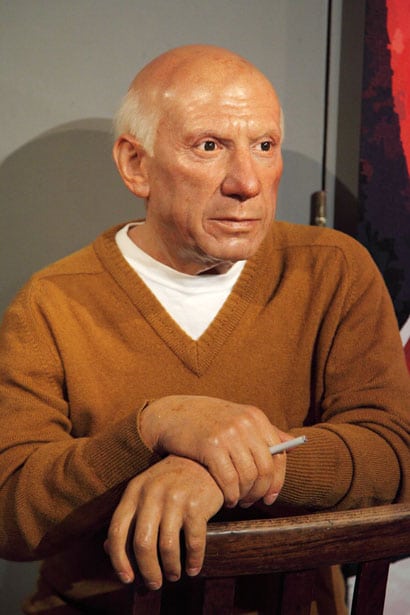
![How to Get Rid of Smartphone Addiction [Six Practical Ways for ALL]](https://greatcrackers.com/wp-content/uploads/2022/04/Smartphone-addiction.jpg)
